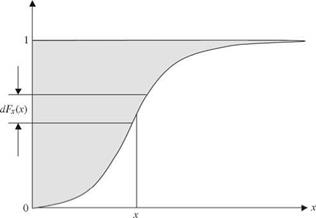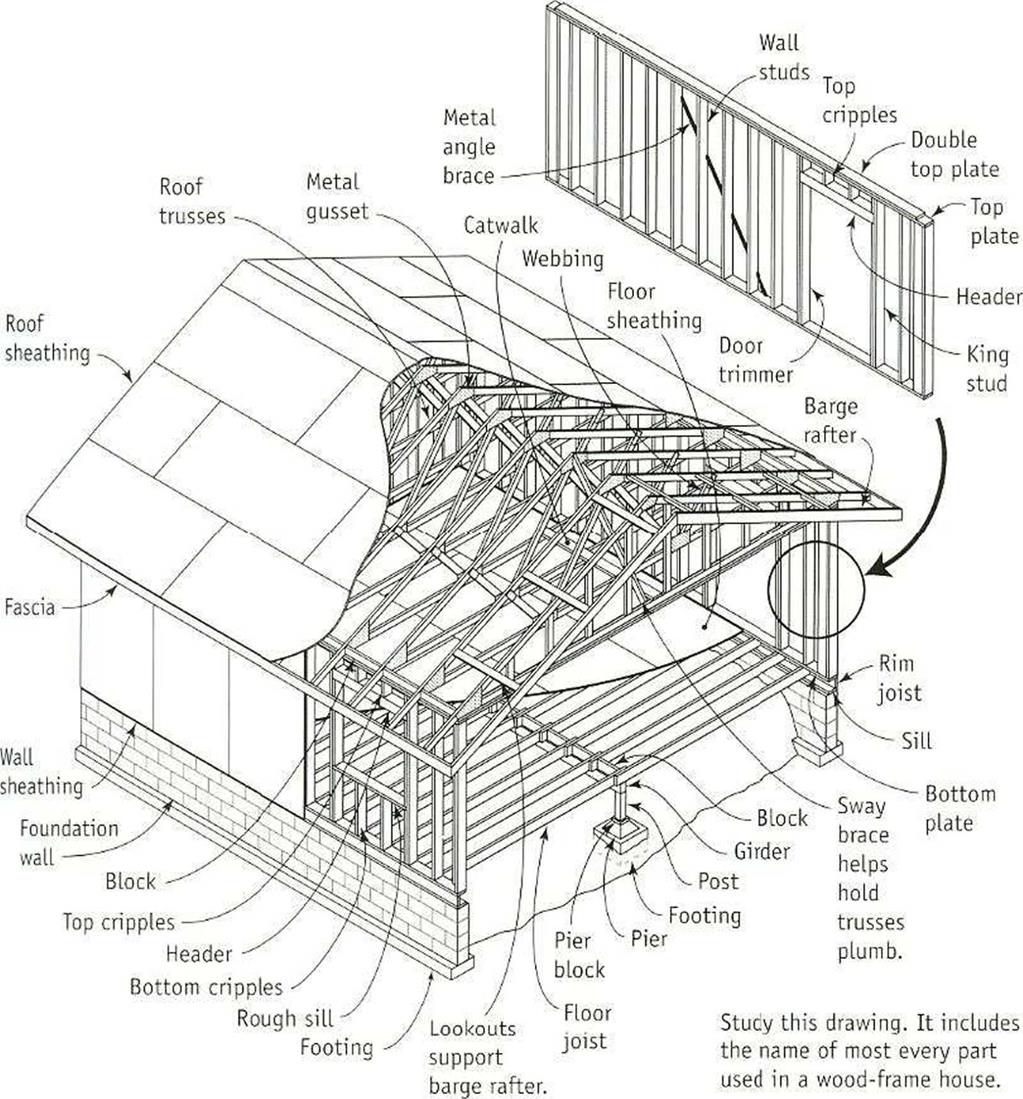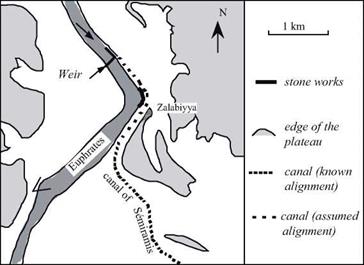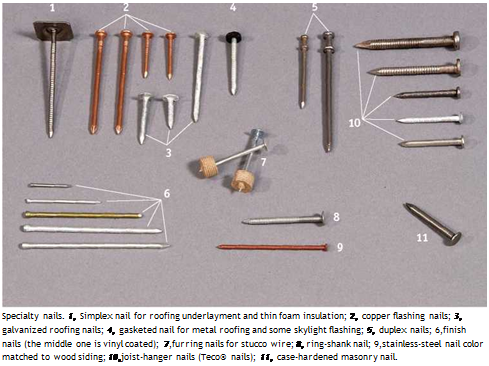Mean, mode, median, and quantiles
![]()
![]()
The central tendency of a continuous random variable X is commonly represented by its expectation, which is the first-order moment about the origin:
This expectation is also known as the mean of a random variable. It can be seen easily that the mean of a random variable is the first-order L-moment Л1. Geometrically, the mean or expectation of a random variable is the location of the centroid of the PDF or PMF. The second and third integrations in Eq. (2.30) indicate that the mean of a random variable is the shaded area shown in Fig. 2.11.
The following two operational properties of the expectation are useful:
1. The expectation of the sum of several random variables (regardless of their dependence) equals the sum of the expectation of the individual random
|










 Nail Sizes
Nail Sizes